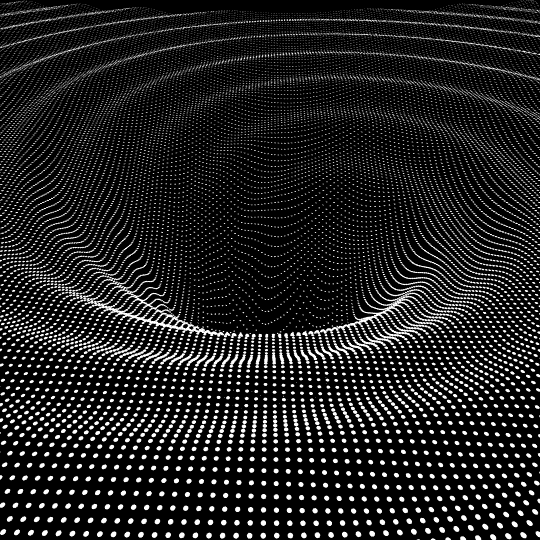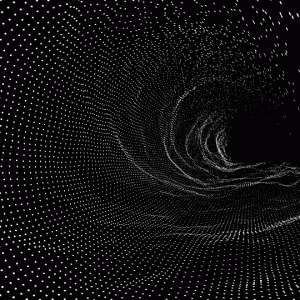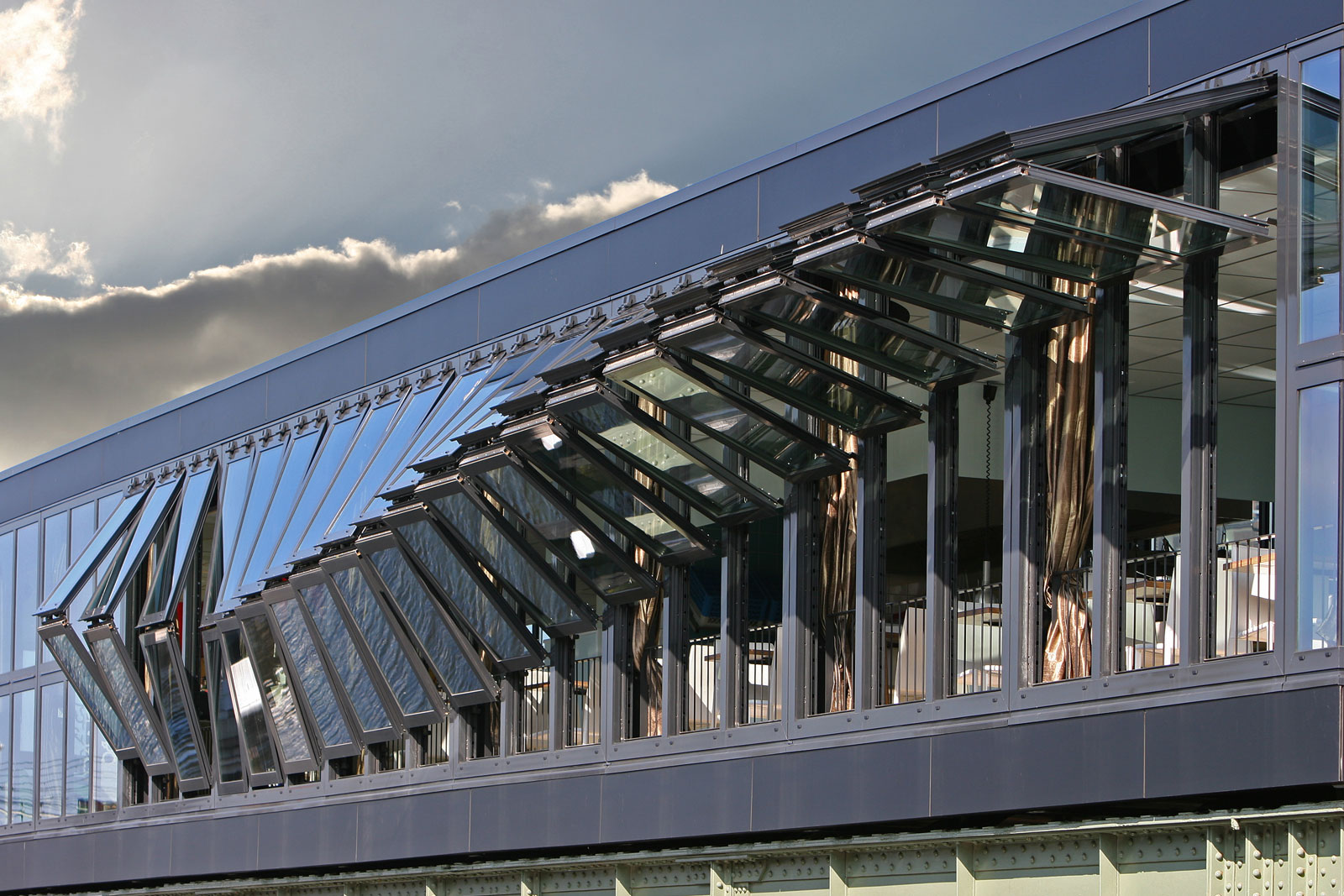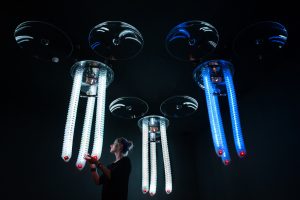The “wavegrower” Project

I am inspired by this body of work because of it’s ability to successfully use incredibly artificial means to create such a natural environment. As a student studying environments design, I am in awe of his ability to generate something so manmade and yet so organic.

I think the project is interesting in that the animations move the viewer through the space, almost in a trance-like manner. However, I wonder how a project like this would feel if the viewer were able to navigate the space in their free will, whether it be through the use of a keyboard or the use of virtual reality. Building off of this, I would love to see how this could be integrated into a physical space, be it with intricate LED lights or through immersive and interactive projections.
Vayssouze-Faure’s prior work focuses on the visualization of sound, specifically in regards to the vibration emitted by guitars. When questioned about his influences, the artist references the awe-inspiring power of nature and the attempt to make sense of it mathematically.
![[OLD FALL 2018] 15-104 • Introduction to Computing for Creative Practice](https://courses.ideate.cmu.edu/15-104/f2018/wp-content/uploads/2020/08/stop-banner.png)




